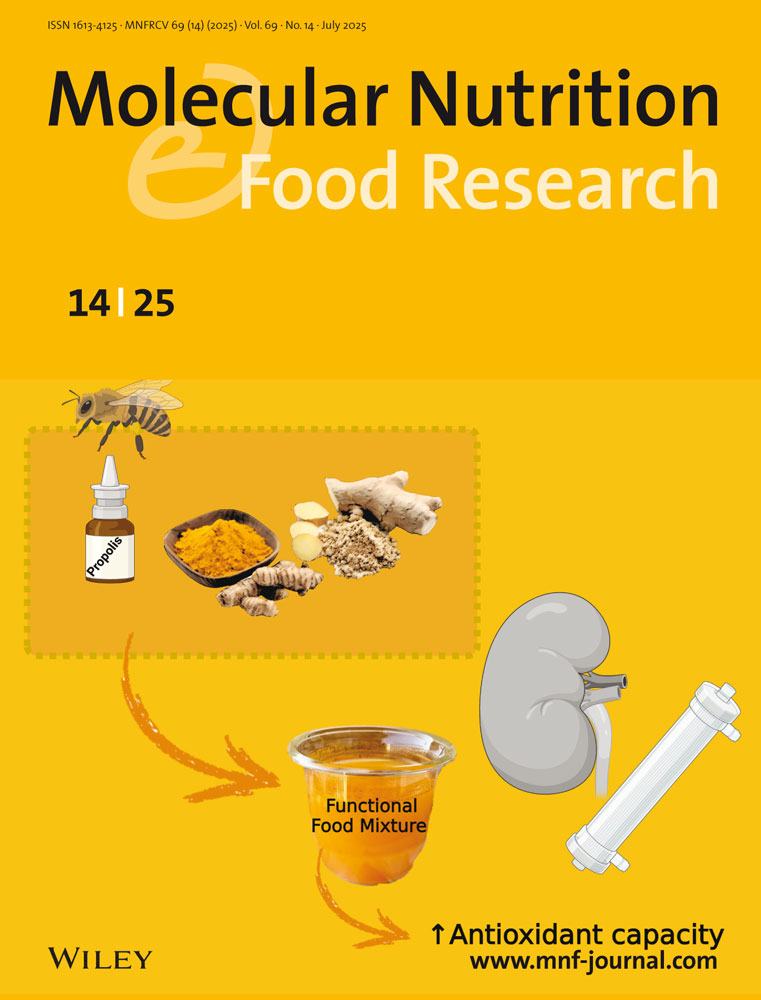Assessment of the agronomic and technological characteristics of Triticum turgidum ssp. dicoccum Schrank and T. spelta L.
Abstract
Recently, the people interest in natural and organic products led to a “rediscovery” of hulled wheat, particularly T. turgidum ssp. dicoccum, commonly known as “farro”. Compared with durum wheat (T. turgidum ssp. durum( farro is characterized by low productivity and low quality semolina and flour, which makes it unsuitable for the production of bread and pasta. In this paper, the agronomic, technological and nutritional characteristics of three new varieties of farro obtained by crossing the T. turgidum ssp. dicoccum c.v. Molise with T. turgidum ssp. durum c.v. Simeto, were analysed. Data were then compared with those concerning older populations of T. turgidum and of two varieties of T. spelta. The aim of this work is to highlight the productive advantages of the new varieties and to emphasize their prospective use in the production of bread and pasta with considerable health properties due to nutritional characteristics of hulled cereals.




